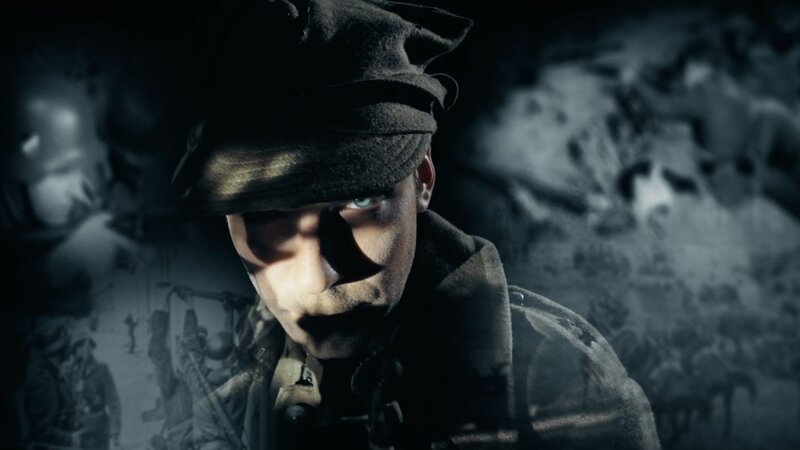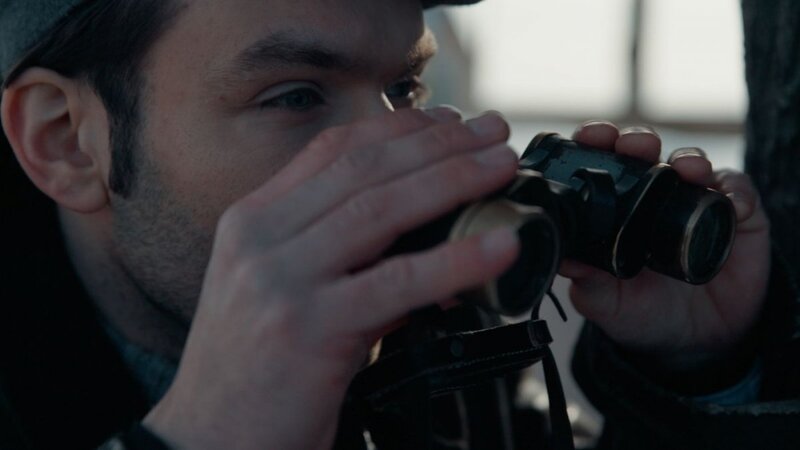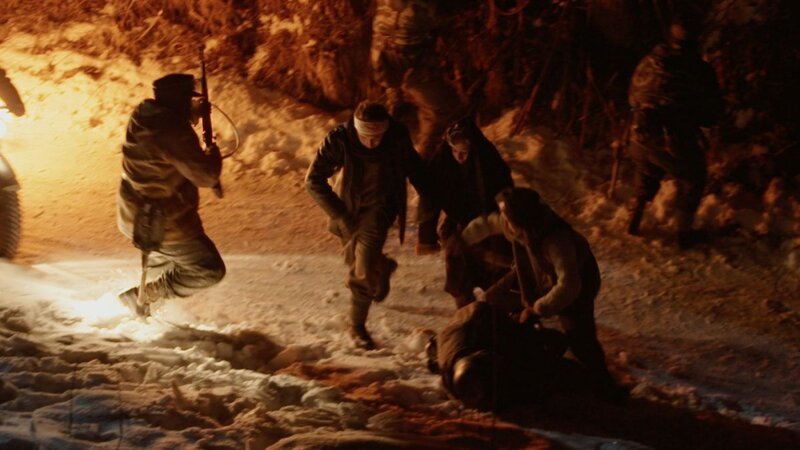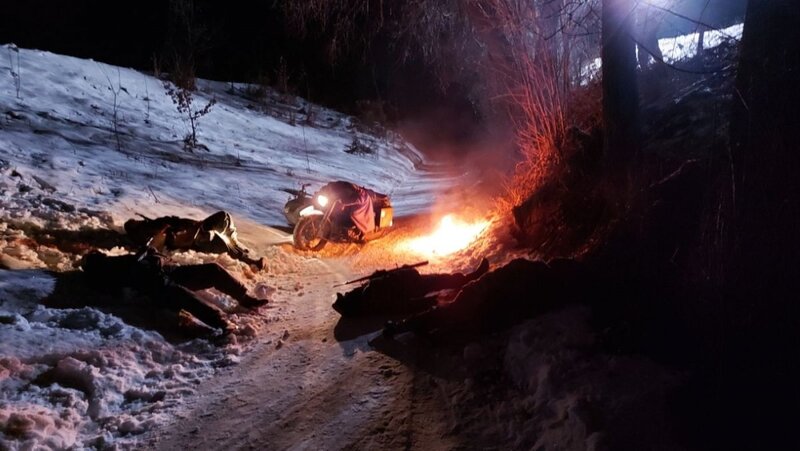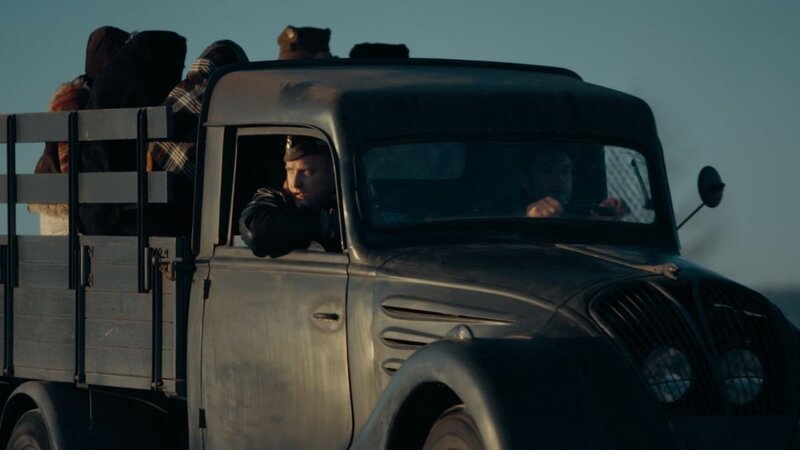Who were the ”Silent Unseen”?
They were soldiers of the Polish Armed Forces, trained from 1940 in Great Britain and from the end of 1943, also in Italy. Their mission was to serve in the ranks of the Union for Armed Struggle and the Home Army. After being sworn in to the Home Army, they were transported by air to occupied Poland.
Where did the name “Silent Unseen” come from?
It was probably used for the first time in 1941 in Scottish training stations. Initially, it rather defined the way in which the soldiers "disappeared" from the ranks of the Polish Armed Forces units, to their future, unknown service. Everything was done undercover.
Jędrzej Tucholski, a writer dealing with the subject of World War II, believed that the name "Silent Unseen" appeared for the first time in September 1941, in the training manual of Division VI of the SNW, in charge of the communication of the staff with the country. The "Silent Unseen", the Home Army intelligence officer Stanisław Jankowski argued that the name had become commonplace among Polish soldiers in Scotland by 1941, during night exercises on diversion courses.
Stefan Bałuk, "Silent Unseen", war photojournalist, explained that such a name was used because some of the exercises were performed at night or after dusk, and therefore "in the dark". Such training required caution and silence, so the students began to call themselves "Silent Unseen".
The “Silent Unseen” in numbers
316 “Silent Unseen” and 28 political couriers were transferred to Poland. Among them there was ever one general. General Tadeusz Kossakowski "Krystynek", who was 56 at the time of the transfer, was the oldest “Silent Unseen”. The youngest, Sergeant Kazimierz Śliwa "Strażak II", was born in 1925 and was 19 at the time of the jump. Usually, they were very young people,the average age being twenty-something.
• 2,413 candidates were accepted for the training course
• 605 soldiers completed the course
• 579 qualified for the jump
• 316 were transferred to Poland
• 112 died (of which 9 during the flight or as a result of an accident during a jump, 9 fell victim to court murders in the Polish People's Republic)
• 91 took part in the Warsaw Uprising (18 died)
• 221 received the Virtuti Militari, Poland's highest wartime decoration
• 595 Cross of Valor awards were given to “Silent Unseen” soldiers
Where were the “Silent Unseen” trained ?
Candidates for parachute jumpers were trained in British training stations, the so-called STS (Special Training School). STS stations were organized in secluded places, often on larger estates. On average, 12-15 candidates participated in a course.
In these centers, the instructors were mostly or entirely Polish, with few exceptions. Due to the fact that most of the lecturers of the Polish section of Special Operations Executive were Polish, most of the classes took place in Polish. The Polish commandant of the center was responsible for everything including the training program the British having only their administrative commanders.
Main training stations
• Fort William (Scotland)
• Briggens near London
• Audley End near Saffron Walden
• Leven (Scotland) or Ringway near Manchester
• Ostuni (Italy)
Interesting facts
• Several dozen schools in Poland and a dozen streets are named after the “Silent Unseen” soldiers
• Their parachutes were made of Japanese silk.
• If a plane with “Silent Unseen” soldiers on board left Great Britain at 7:00p.m. they could walk the streets of Warsaw at noon the following day.
• A professional actor Leopold Skierczyński (he was also a pilot), as well as a descendant of the Turkish emir, the Sultan's envoy to the Crimea, in the third generation born in Poland - Jerzy Emir-Hassan were among the “Silent Unseen”
